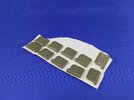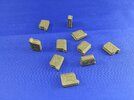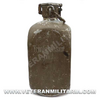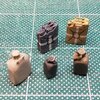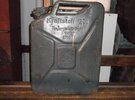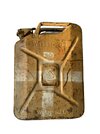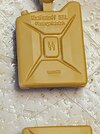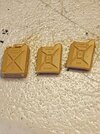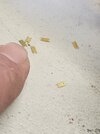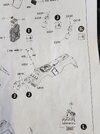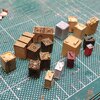- Joined
- Aug 25, 2024
- Messages
- 254
By the way, included in the kit on the sprues are the parts for 12 jerry cans. But only 4 PE midline inserts. And, just to make it fun, there are 6 jerry cans to be installed on the kit per the instructions. Not 4. So I am short 2 PE parts.
Seriously, why a centerline PE part? PE is for high detail small parts, not for adding filler between parts. Is it PE parts count validity? Who knows? Someone in Taiwan does.
It's almost as though AFV Club wants to make super detailed kits, but then re-thinks it half-way through and only gives you so much.
I digress. Onward. It is the most detailed and yet, frustrating German 8 Rad that I have tried to build so far.
Be well. Model on.
Eric
Seriously, why a centerline PE part? PE is for high detail small parts, not for adding filler between parts. Is it PE parts count validity? Who knows? Someone in Taiwan does.
It's almost as though AFV Club wants to make super detailed kits, but then re-thinks it half-way through and only gives you so much.
I digress. Onward. It is the most detailed and yet, frustrating German 8 Rad that I have tried to build so far.
Be well. Model on.
Eric


